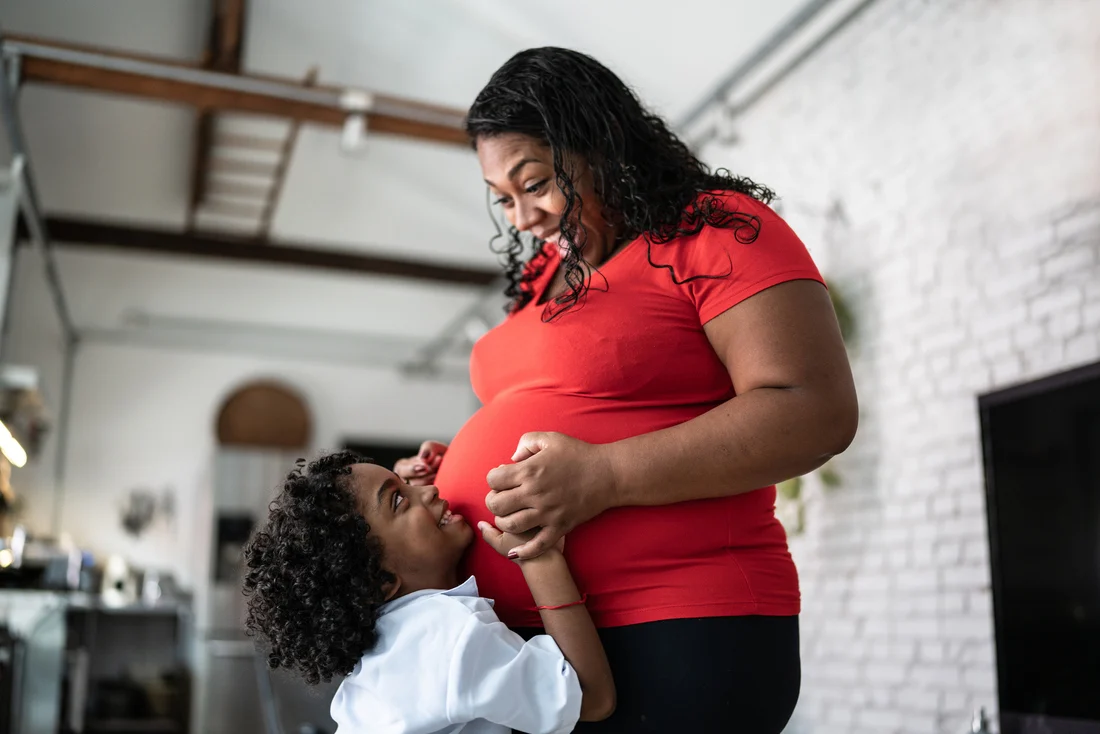At 28, my partner and I felt ready to embark on the journey to parenthood. After three years of marriage, I had just completed a course of Accutane, a medication that necessitates a six-month waiting period before attempting conception due to its potential to cause birth defects. Following a delightful trip to France with friends, we believed this was the ideal moment to settle down and start a family.
However, the road to pregnancy wasn’t smooth. A year passed with no success. When I finally saw the positive test result, my husband and I were overjoyed, and our worries faded. But just six weeks into the pregnancy, I experienced a sudden, severe pain in my abdomen while at the dog park. This was not the typical nausea associated with early pregnancy; it felt as if someone was stabbing me. Doubts crept in, but I reached out to my doctor, who advised me to seek immediate care. A second opinion provided some comfort, suggesting that it might not be serious.
Despite the reassurance, the pain persisted. Alone, I drove myself to the doctor, where a vaginal ultrasound confirmed my fears: I had an ectopic pregnancy. The embryo had implanted in my Fallopian tube, necessitating a chemotherapy injection to encourage it to pass. Although I held onto a glimmer of hope, the treatment didn’t work, leading to surgery. To my shock, the doctors discovered that the embryo had implanted on my bladder—a rare occurrence. The medical team was almost gleeful at the uniqueness of my case, calling it a once-in-a-career event.
Despite the loss, I remained optimistic, knowing I was capable of conceiving. My husband, Tom, and I quickly resumed our efforts to conceive. After an agonizing year and a half, we were blessed with a beautiful daughter, but our journey was far from over.
Two years later, I faced two heartbreaking miscarriages—one a natural loss and the other requiring a D&C procedure for removal. Seeking answers, we consulted a fertility specialist who diagnosed me with “Diminished Ovarian Reserve,” indicating that my eggs were no longer viable for conception. The doctor suggested considering egg donation or adoption as alternatives, which left me feeling overwhelmed. The financial implications of these options were staggering: $20,000 for an egg donor and $10,000-$20,000 for adoption, depending on whether it was domestic or international.
Amidst the chaos, I received a variety of opinions, including doubts about using donor eggs. I spoke with a woman who had adopted two children from Russia; her experiences seemed daunting to me. While I completely support adoption, it wasn’t the direction I wanted to take at that moment.
We sought a second opinion at another fertility clinic, where the doctor suggested that In Vitro Fertilization (IVF) might offer hope. This process involves fertilizing an egg outside the body and nurturing it before implantation. With renewed optimism, I began self-administering hormone injections and blood thinners. My belly bore the marks of countless needle pricks, yet I persevered, motivated by the dream of expanding our family.
Tom provided unwavering support, facilitating his part of the process with dedication, which included some rather unglamorous moments. Our first IVF cycle ended in disappointment, and doubt began to creep in. I told myself maybe we were meant to be a family of three, that my daughter didn’t need a sibling. This was a protective story I crafted to shield myself from the pain of failure.
Yet, we decided to try once more. The process was grueling but ultimately fruitful. At the close of the second cycle, we had four viable embryos. The doctor recommended implanting only two to reduce the risk of multiples, but I opted for all four, wanting to maximize our chances after being told I might never conceive again.
Three of the embryos successfully implanted, and during my six-week ultrasound, I was greeted with the sight of three flickering heartbeats. My initial questions were about their viability and the possibility of any additional embryos, to which the doctor confidently responded no.
After seven years that included a rare ectopic pregnancy, two miscarriages, and two cycles of IVF, I am now the proud mother of four healthy children. This journey has taught me invaluable lessons about resilience and the importance of seeking second opinions. Miscarriages are undeniably painful, but it’s crucial to continue moving forward and not allow loss to define your path. Listening to your instincts can lead you to surprising outcomes, as I discovered when I chose to put all my eggs in one basket, literally and figuratively.
For those considering similar paths to parenthood, resources like Make a Mom and Cryobaby provide valuable insights. Also, the ASRM offers excellent information on pregnancy and home insemination.
In summary, navigating fertility challenges can be complex and emotionally taxing, but hope and perseverance can lead to unexpected joy. Always stay informed, seek out support, and trust your instincts.

Leave a Reply